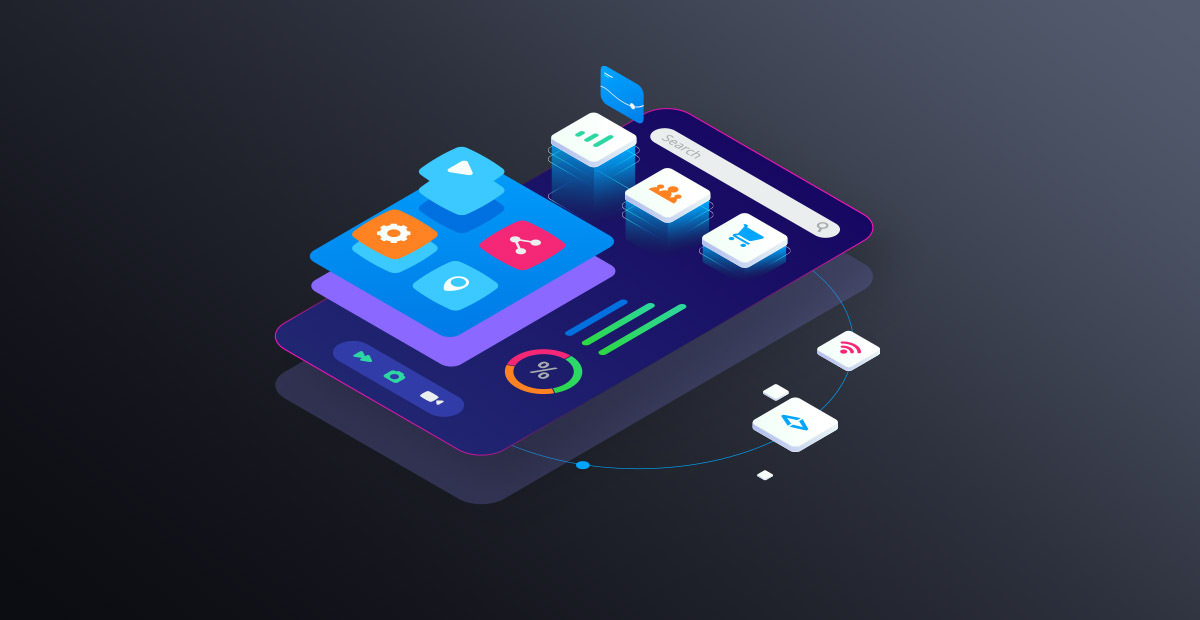Application Modernization
Legacy Platform Upgrade

Outdated systems aren't just slowing businesses down — they're draining budgets, exposing companies to security risks, and holding back innovation. The numbers speak for themselves: legacy technology is costing organizations billions every year and creating hidden risks that few can afford to ignore.
49% of European firms overspend on IT due to the high cost of maintaining legacy systems.
Intelligent CIO70% of all data breaches happen in organizations running outdated legacy infrastructure.
Forbes Tech Council92% of the organizations still rely on legacy technologies despite pressing modernization needs.
McKinsey & CompanyOur approach to Application Modernization
Application modernization is not about rewriting everything from scratch — it's about making smart, incremental steps that reduce risk and deliver measurable improvements. At Nerds.sh, we specialize in legacy system modernization and monolith extraction, using a structured process that balances technical depth with business continuity.
The approach in practice
- 1. Assessment & Technical Analysis
We start with a detailed audit of the existing platform: architecture, dependencies, scalability issues, and security gaps. This helps us identify the real blockers and build a clear cloud migration strategy that prioritizes improvements. - 2. Monolith Extraction
Large, tightly coupled systems are broken down into independent microservices. This makes the application easier to scale, test, and maintain, while keeping core business logic intact. Our experience with migrating monoliths to microservices-first architectures ensures minimal disruption. - 3. Event-Driven & API-Centric Design
We replace rigid communication with event-driven architectures and modern APIs (REST, GraphQL). Depending on the client’s infrastructure, this can be implemented across different platforms. For example, on AWS we often leverage EventBridge for event routing, SQS and SNS for messaging, and expose microservices securely through API Gateway — but the same principles apply to other cloud providers and environments. - 4. Infrastructure-as-Code & Automation
Using Kubernetes, Terraform, and cloud-native Infrastructure-as-Code (IaC) tools (such as AWS CloudFormation, Azure Resource Manager, or Google Cloud Deployment Manager), we ensure deployments are reproducible, scalable, and easy to roll back if needed. Combined with CI/CD pipelines, this eliminates “it works on my machine” scenarios and enables faster delivery. - 5. Refactoring & Cloud Migration
Legacy components are refactored step by step. When relevant, we migrate workloads to the cloud, using serverless applications (AWS Lambda, Azure Functions, Google Cloud Functions), containerized workloads on EKS/AKS/GKE, and managed services to reduce operational overhead. - 6. Team Augmentation & Developer Enablement
We support existing engineering teams by augmenting their capabilities with our expertise. This includes training and mentoring developers in modern practices such as microservices design, test automation, API development, DevOps automation, and continuous delivery. The goal is to ensure teams gain real-world experience that enables them to confidently maintain and evolve the new system without external dependency.
Why it works
This process minimizes downtime, reduces technical debt, and creates a foundation where new features can be delivered faster. The result is a system that’s secure, maintainable, and cloud-native, ready to scale with your business needs — without forcing you to change how you operate today.
Success stories
Explore our Success Stories to see how we helped clients modernize their legacy systems and achieve measurable results.